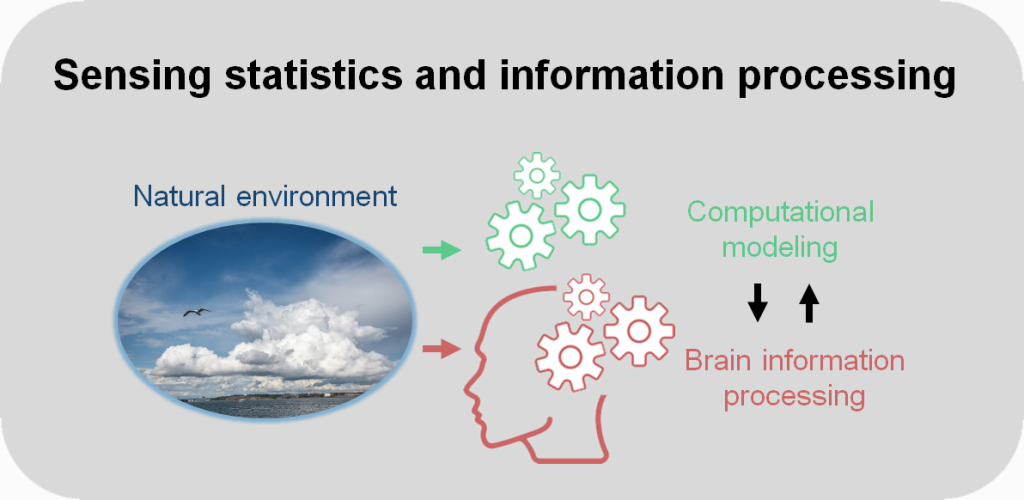
Overview
My research objectives have been twofold: (1) to understand computational mechanisms underlying human perception in natural environments, and (2) to develop computational technologies based on insights from human perception under these conditions. I have pursued these goals by integrating methodologies from various research fields, including psychophysics, neuroscience, computer vision, computer graphics, optics, and machine learning. A central focus of my research is material perception.
My primary expertise lies in psychophysics, particularly in measuring human perception. Additionally, I have experience in computer vision, computer graphics, optical measurement, machine learning, and brain measurement. By combining these multidisciplinary skills, we have uncovered various computational mechanisms underlying human perception, such as surface wetness (Sawayama, Adelson, & Nishida, 2017), coupled computation of materials and shapes (Sawayama & Nishida, 2018), perception of superfine textures (Sawayama, Nishida, & Shinya, 2017), haptic texture perception (Kuroki, Sawayama, & Nishida, 2021), and perception of color and translucency (Liao, Sawayama, & Xiao, 2022) for objective (1).
For objective (2), we developed an augmented reality technique using light projection that creates various illusory movements in static objects (Kawabe, Fukiage, Sawayama, & Nishida, 2016; Fukiage, Kawabe, Sawayama, & Nishida, 2017) and a technique for image-based material transfer (Todo, Yatagawa, Sawayama, Dobashi, & Kakimoto, 2019). In addition to these analytical studies, I have engaged in data-driven explorations of both objectives using machine learning techniques. For objective (1), we conducted a large-scale study on material perception (Sawayama et al., 2022) and developed an unsupervised approach for translucency perception (Liao, Sawayama, & Xiao, 2023). For objective (2), we created a benchmark test to evaluate vision and language models in the machine learning literature (Lemesle, Sawayama et al., 2022).
